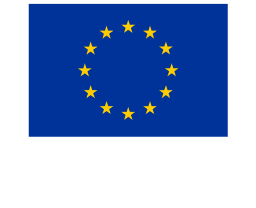International cooperation
5.870.19
Refers to the structures and processes of interaction, policymaking and concrete implementation by countries beyond the national level in order to respond to organized crime. Strong international cooperation indicates high state resilience to organized crime.
As organized crime is increasingly a transnational phenomenon, with actors and supply chains able to span national and continental boundaries, it is essential that states work together on a global scale to combat the threat.
The ratification and (timeliness of ratification) of relevant international organized crime treaties implies state willingness to effectuate responses to organized crime, in line with international standards. These treaties are:
- The UNTOC and its three protocols
- The UN Convention against Corruption
- The UN Convention against Illicit Traffic in Narcotic Drugs and Psychotropic Substances, 1988
- The Single Convention on Narcotic Drugs, 1961
- The Convention on Psychotropic Substances, 1971
- The Arms Trade Treaty
- CITES
At the international level, for states parties, these instruments constitute sufficient legal grounds to carry out response measures to organized crime. Such responses include cooperation in criminal matters, particularly mutual legal assistance, extradition, the transfer of sentenced prisoners and transborder asset confiscation. The presence of such structures and policies, and evidence of their effective use, implies higher state resilience to organized crime.





